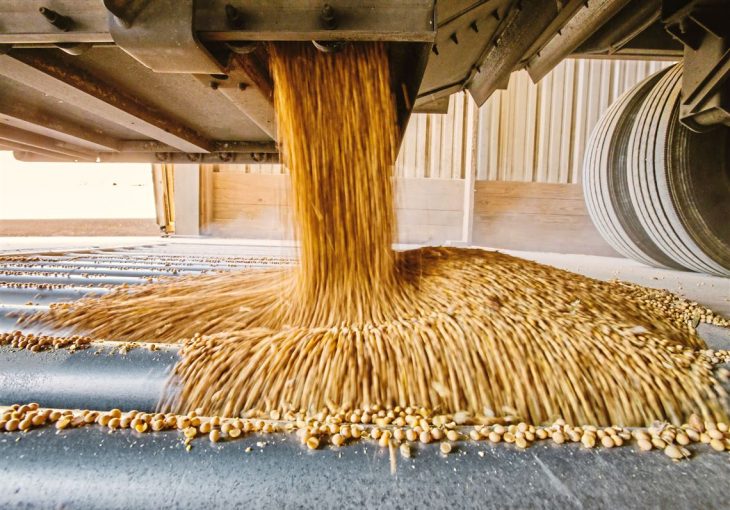For the most part, soybean futures this summer have probably held up better than anticipated. Big inventories and a lack of trade progress between the U.S. and China could have been a big negative. Add to that ratification of the U.S./Mexico/Canada agreement, which has not yet occurred. Uncertainty with spring planting conditions and good demand for soymeal have been supportive. The technical picture (price charts) is now providing mixed signals. As summer weather unfolds, yield potential could increase and send prices lower, or decrease and send prices screaming higher.
To provide a brief overview, new crop November soybean futures hovered between $9.00 and $9.50 for most of the winter months. However, once trade negotiations with China broke down in May, prices quickly moved from near $9.30 November futures to a low of $8.15-1/2. Prices then recovered, as less-than-ideal spring conditions created uncertainty for planting and early growth. Prices posted a strong recovery, peaking on June 18 at $9.48. Since peaking, prices have slid and then recovered. Over the last several sessions, we’ve seen a sideways pattern, with the $9.00 area holding as support. That is, until this past week, when prices slid below this key level.
The fundamental factor for low soybean prices is too much supply. Record production in Brazil and Argentina, along with uncertainty for continued demand, leaves the market vulnerable to a price break. Fund money, currently net short, could add to positions sending prices lower as expectations of projected carryout could rise to near 1 billion bushels. Between a big crop and fund selling, fall prices could drop to $8.00 or less.
August weather will be critical. Poor conditions could move prices dramatically higher; good conditions could move prices significantly lower. Therefore, our bias is to implement a strategy that will protect your bottom side while leaving your top side open. This can be accomplished by purchasing put options. Or, forward contracting and buying a call option (allowing you to retain ownership).
When forward contracting with an elevator, you are committing to deliver. Your price is fixed. Purchasing a call option complements the forward contract, as it gives you the right to own futures (not the obligation). If prices move higher, the call option may gain value.
In either case, before you enter a strategy, make sure you understand all of the potentials, as well as risk. Having clear transparency can help take the guesswork and emotion out of marketing. Buying puts or selling cash and defending with call options is a great way to manage your risk, and yet be able to take advantage of higher prices.
If you have comments or questions, or need help implementing put option strategies, contact Top Farmer at 800-TOP-FARMER extension 129 and ask for Bryan Doherty.
Futures trading is not for everyone. The risk of loss in trading is substantial. Therefore, carefully consider whether such trading is suitable for you in light of your financial condition. Past performance is not necessarily indicative of future results.



